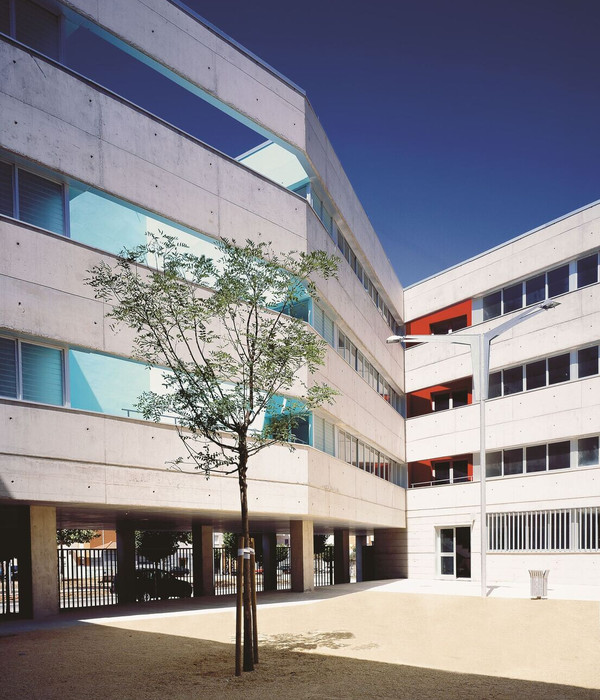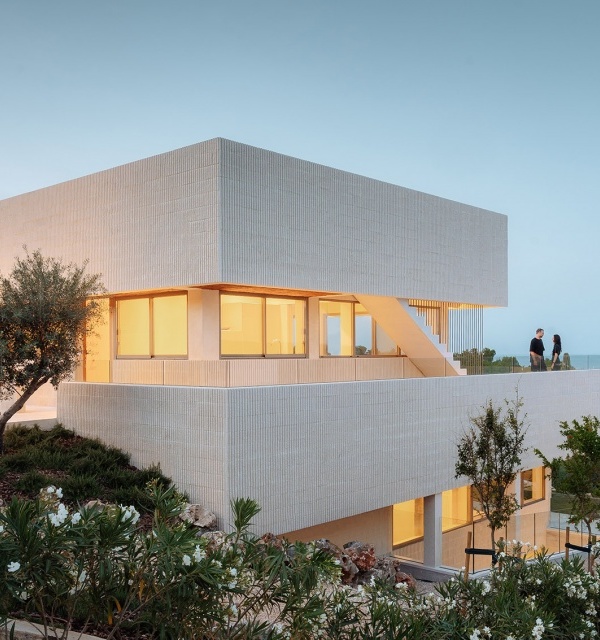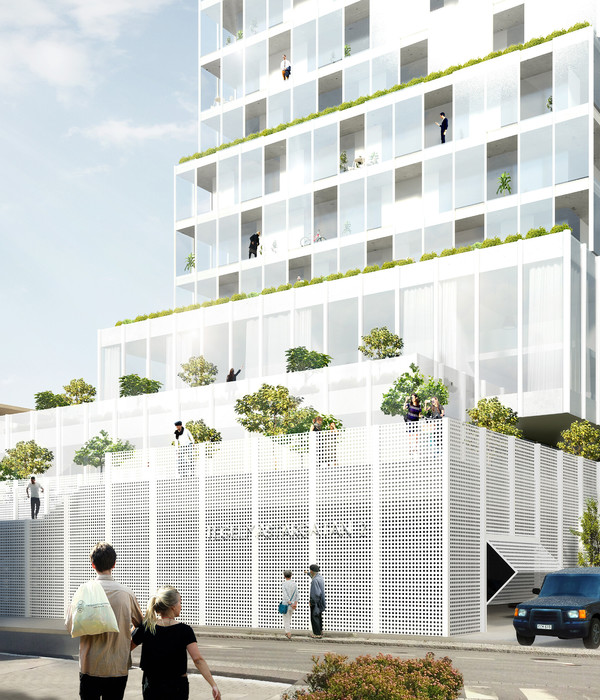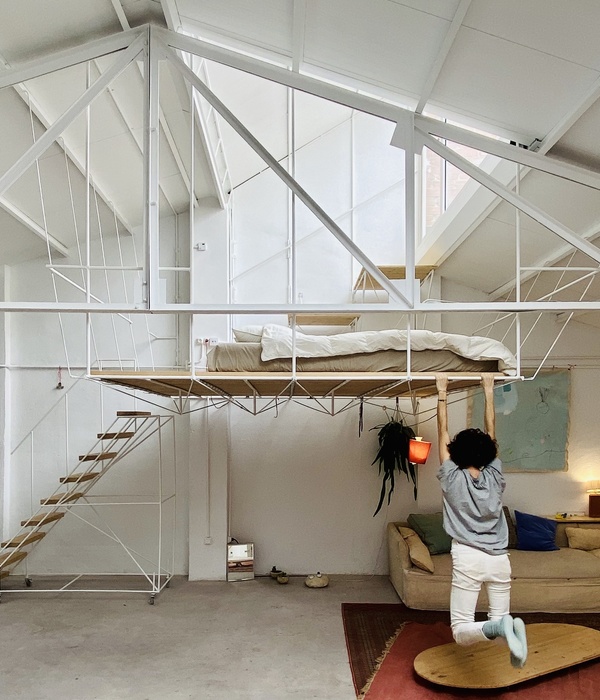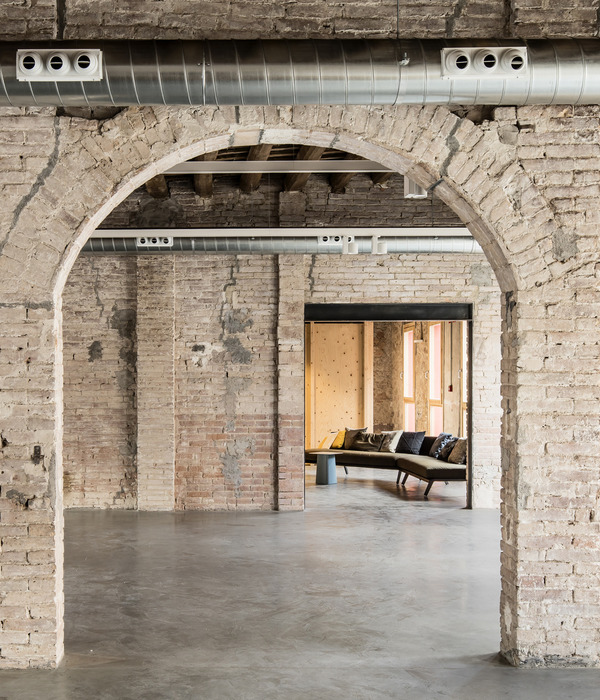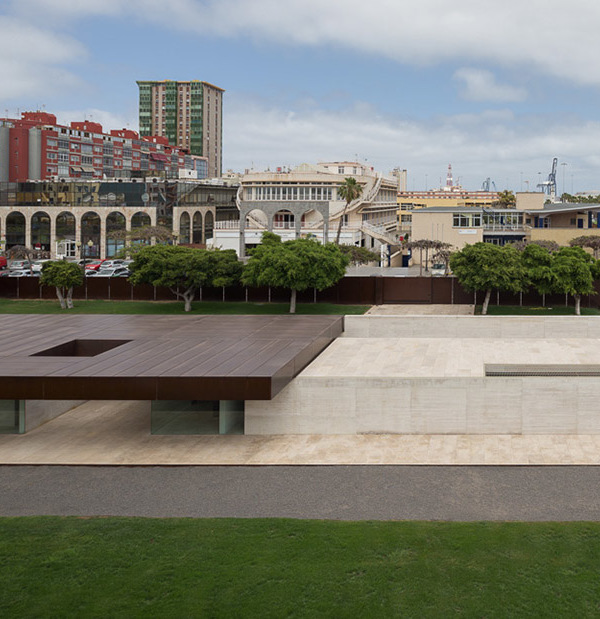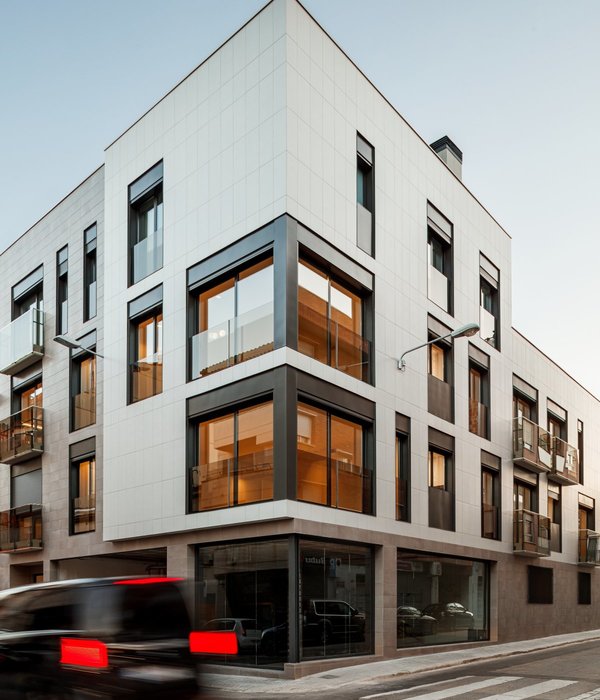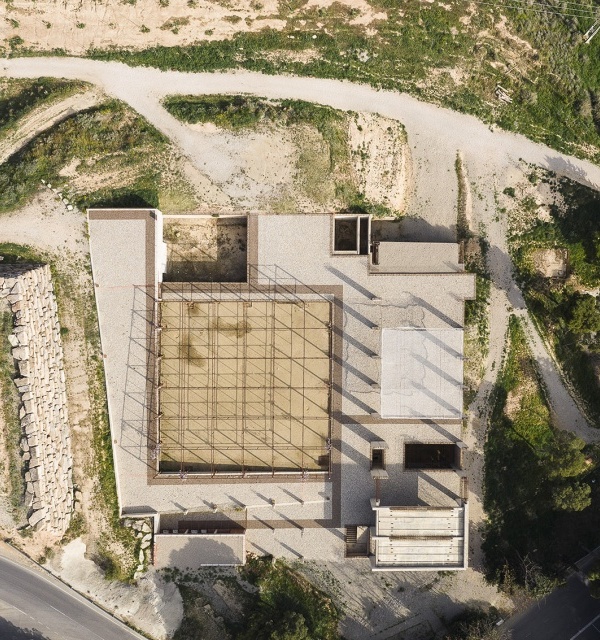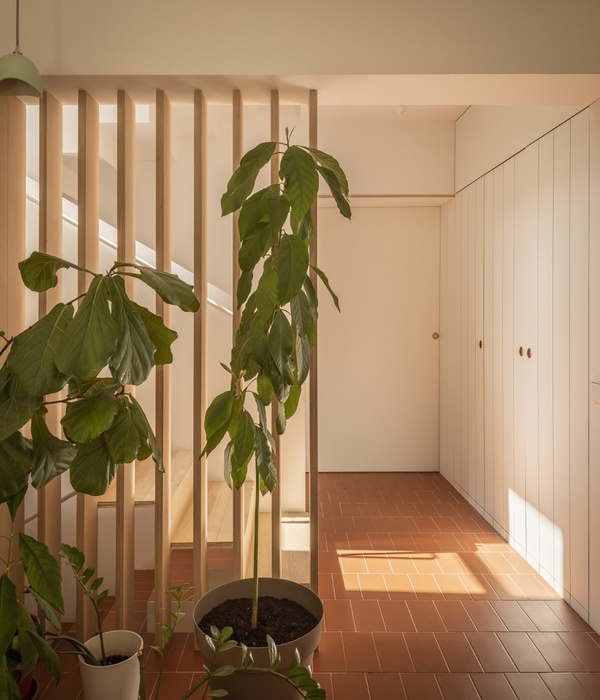At Avenida 31 de Janeiro in Braga, we have embraced a refurbishment project of a building from the early 20th century. Passionate about its architectural details, we have chosen this place to be the future headquarters of Castro Group. To the history surrounding the building, we will add our own history of over 50 years of experience. This will be the space that will inspire us to create a future of excellence.
Therefore, the architectural design of Castro Group's headquarters sets itself as an ambitious project, with respect and appreciation for the past. In fact, as this is a property with an undeniable value, the principles set out in the documents, letters, and conventions that regulate and guide interventions in cultural heritage, including the Krakow Charter, have always been always present.
Values such as authenticity, integrity, and reversibility have been observed both at the project level and during the works, therefore the choice has been to benefit the inherent character of existing, looking for an adequate articulation between new and existing. This is an admittedly contemporary architectural intervention, which, simultaneously, preserves the authenticity and the “spirit of the place”.
The primary objective of the refurbishment has been to retain the image of the ensemble and preserve the existing, using homogeneous materials and colors, ensuring a conceptual and formal balance. During the works, conservation techniques have been used to ensure the preservation and maintenance of the elements of architectural interest. In the main building, all decorative elements have been fully retained, and the restoration of existing carpentry and metalworks, plastering and gilding, timber framework and stairs, have been decisive for the preservation of the overall image inherent to the existing.
The new volume, adjacent to the main building, which contains support spaces, has been entirely built with exposed concrete to facilitate its integration into the ensemble. This project has been the conclusion of a process of great proximity amongst all disciplines, which also results in a tribute to the traditional construction techniques that, resisting the test of times, materializes into a work that highlights the history of construction.
This building's refurbishment bears witness to the importance of preserving our built heritage as a strategy for a more sustainable urban development. Its prime location within the urban fabric promotes the use of less polluting public transport, enables easy access to infrastructures like restaurants, schools, postal services, among others. Also, the occupation of existing locations minimizes the use of undeveloped areas, thereby protecting natural resources.
The appreciation for the past as a strategy for designing the future strengthens the bonds that bind us to space and bear witness of a living era. Giving new life to architectural heritage represents a significant milestone for the city. That is how we have been able to bring the weight of history to the present and take from it the best it has to offer. That past-future relationship is essential to a work that is intended to be timeless. Preserving the past, building the future.
{{item.text_origin}}

